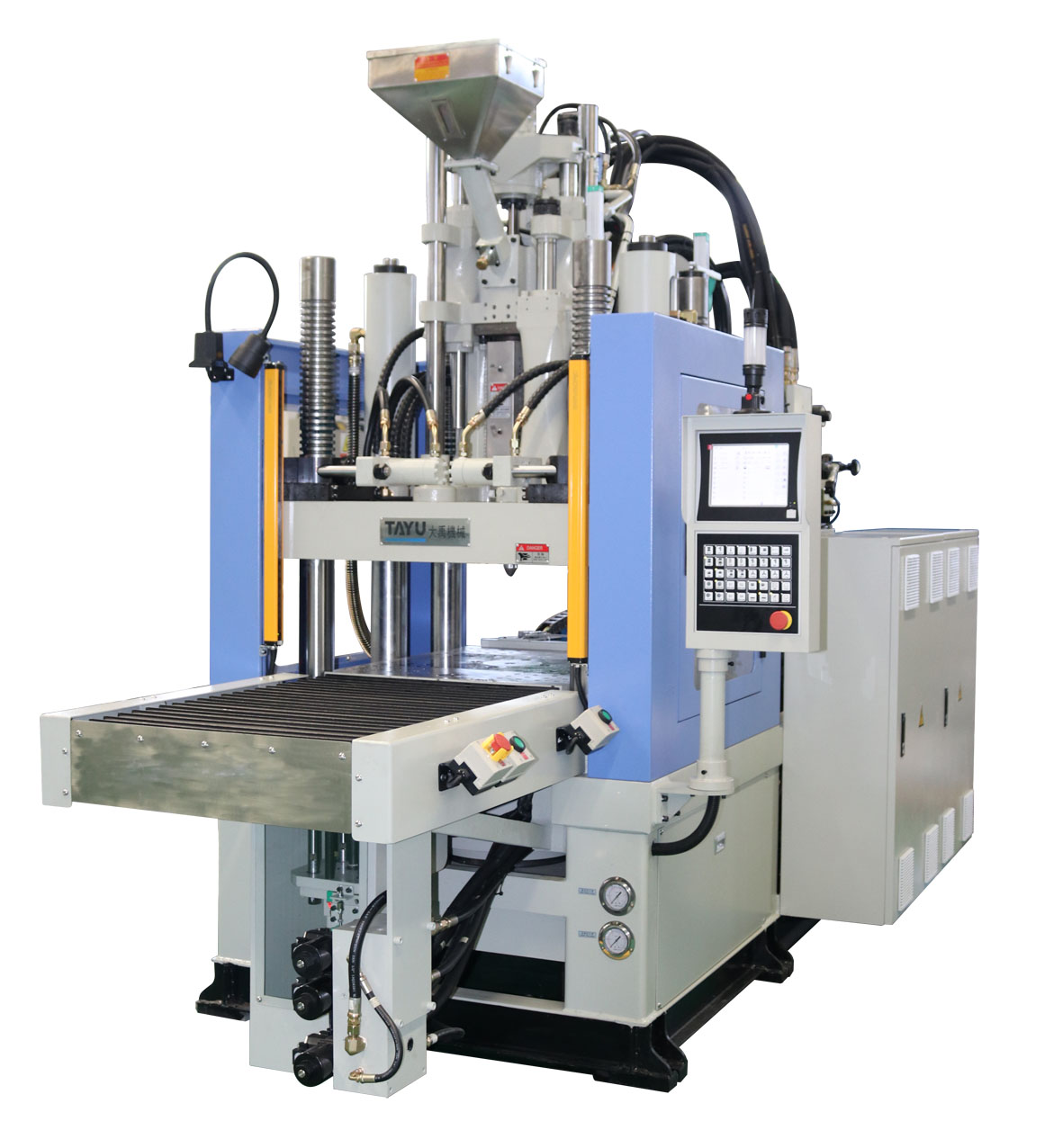Software for Injection Molding: Insights in Shaping and Simulation
The field of injection manufacturing is experiencing a substantial shift influenced by technological progress and changing industry demands. While manufacturers aim to boost efficiency, cut costs, and enhance the quality of their offerings, the significance of programs in the design and simulation process has never been greater criticality. Developments in injection molding software are helping companies streamline their methods, resulting in more rapid product development processes and enhanced competitiveness levels in the marketplace.
Current patterns emphasize a movement towards better unified and user-friendly software solutions that address the demands of injection molding professionals. These modern tools are not just simplifying to create intricate designs but also enabling comprehensive simulations that foresee possible problems before actual production. This forward-thinking approach to design and manufacturing is proving essential for companies aiming to stay ahead of trends in the market and customer expectations. While we examine these advancements, it becomes clear that the future of injection molding lies in the smooth blending of innovative design and modeling technologies.
Current Trends in Injection Molding Software
The molding industry is witnessing a significant transition towards advanced software solutions, driven by the need for greater efficiency and accuracy. Contemporary injection molding software offers holistic solutions that allow for the comprehensive analysis of mold designs, enabling engineers to enhance their processes from the outset. By providing cutting-edge simulation features, these software tools help in predicting potential manufacturing issues, minimizing the need for high-cost physical models.
Another significant trend is the inclusion of machine intelligence and algorithmic learning algorithms into injection molding software. Such technologies are being utilized to analyze large datasets from previous molding processes, enabling the software to suggest changes that improve cycle times and product quality. This anticipatory capability not only enhances the precision of simulations but also aids in decisions throughout the development and manufacturing processes.
Finally, there is a increasing emphasis on intuitive interfaces in injection molding software. As the industry grows and new users enter the field, software developers are emphasizing easy-to-use design and accessibility. This dedication to usability ensures that engineers, no matter their their level of experience, can leverage robust simulation tools to drive advancement in injection molding design, ultimately leading to better products and more efficient production methods.
Progress in Design Methodologies

New designing techniques are revolutionizing the field of injection molding, enabling engineers to design more complex geometries and improve product functionality. With improvements in design software (CAD) tools, designers can now manipulate intricate shapes and examine design alternatives more freely, which leads to greater streamlined product creation cycles. These tools often combine directly with modeling software to assess how design changes impact the quality and producing capabilities of the final product.
Additionally, the incorporation of algorithm-driven design technology is increasing significance in the molding industry. This approach utilizes algorithms that mimic natural selection to investigate various design options, finally identifying the most efficient and optimal solutions that meet defined performance criteria. This evolution not only reduces material waste but also allows for the development of lighter and stronger components, driving sustainability efforts within manufacturing processes.
In conclusion, team-oriented design platforms are appearing, improving better interaction and data exchanging among various stakeholders. These platforms facilitate instant feedback and modifications, promoting a more responsive design process. By integrating simulations early in the design phase, teams can better anticipate challenges and refine designs for both aesthetics and functionality, leading to enhanced product quality and shorter time to market.
Advancements in Modeling Methods
Recent developments in simulating approaches are transforming how injection molder s approach designing products and making products. By employing advanced software tools, designers can now develop precise prototypes that forecast how materials will behave during the forming process. This change not just speeds up the design process but additionally reduces the waste of materials and production costs, allowing companies to introduce goods to the market more efficiently.
One significant change is the integration of live analytics into simulating programs. By integrating information from former production cycles and machine data, these tools can provide information that allow for refining of designs and procedures. This cyclical approach leads to improvements in piece quality and uniformity, as well as shortened manufacturing times. As a outcome, molders can attain greater production rates while ensuring that final items meet high quality requirements.
Additionally, the adoption of cloud services has enhanced cooperation among design and engineering teams. Teams can now utilize models and exchange insights in live, independently of their location. This feature promotes innovation and streamlines the decision process process, as various participants can contribute their skills to tackle difficult issues in manufacturing design. As these improvements stay to evolve, the market environment will progressively favor those who leverage cutting-edge simulation techniques effectively.